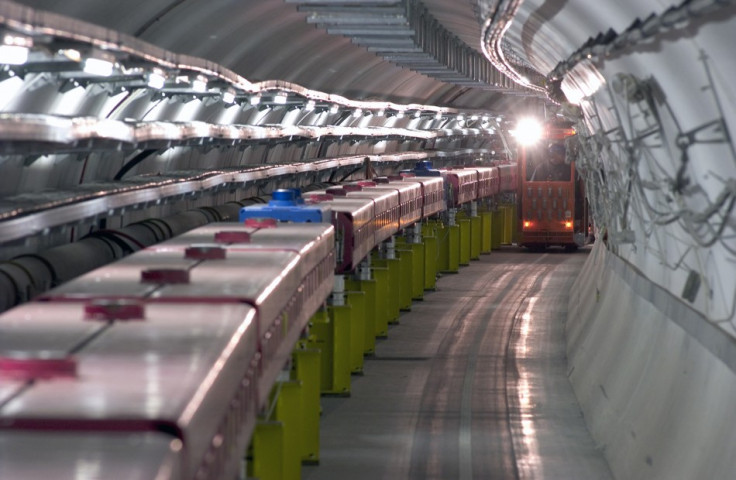Neutrino Research: Elusive Particle From Sun's Core Detected For First Time

Physicists have for the first time detected the elusive neutrinos produced by the fusion of protons deep inside the sun.
The proton reactions are believed to be initiators of fusion process creating much of the sun's energy.
The neutrinos now detected by the Borexino experiment at Italy's Gran Sasso National Laboratory are proof of this reaction, writes Scientific American.
Previous experiments have found higher-energy solar neutrinos created in the later stages of the fusion process when boron atoms decay. But the lower-energy pp [proton–proton] neutrinos were harder to find.
While the space around us on earth is teeming with neutrinos, they elude detection by virtue of being very small and un-interactive.
Most particles at this level are detected through radiations emitted on interaction with other particles. Neutrinos are extremely reticent.
Calculations suggest there must be around 40 billion of these "invisible" neutrinos in a cubic centimetre of the atmosphere as they stream from the sun constantly.
However, occasionally they will collide with an atom and knock an electron loose, creating a quick flash of light visible to extremely sensitive detectors. That is how the Borexino experiment at Italy's Gran Sasso National Laboratory found them.
Detecting the pp neutrinos created in the sun was not easy.
Radiation can be given out by many interactions between sub-atomic particles and hence these had to be filtered out.
Borexino uses a vat of liquid scintillator — a material designed to emit light when excited — contained in a large sphere surrounded by 1,000 tons of water, cocooned in layers upon layers of shielding and buried 1.4 kilometres underground.
"Unfortunately for the pp neutrinos all this is not enough," says Andrea Pocar of the University of Massachusetts Amherst, member of the Borexino collaboration and lead author of a paper reporting the results in Nature.
For one, there was the very closely resembling background radiation from carbon isotope found in the scintillator.
It took years of study of this radiation and cancelling them from observed radiations before pp neutrino signature could be endorsed.
Three flavours of Neutrinos
Neutrinos come in three types or flavour - electron-neutrino, muon-neutrino and tau-neutrino. All of the sun's neutrinos happen to be born as electron neutrinos. By the time they reach Earth, however, some of them have morphed into muon and tau neutrinos.
Each neutrino flavour has a slightly different mass, although physicists do not yet know exactly what those masses are. Of the three neutrino flavours, the heaviest has at least one 10 millionth the electron's mass. Determining the masses and how the ordering among the three flavours is one of the goals of neutrino experiments. The mass differences among flavours are believed to be the main factor affecting how neutrinos oscillate or morph as they pass through space, people, matter and Earth.
While the details of two oscillations are known fairly well, the switching of tau-neutrino to electron-neutrino is not well characterised. If neutrinos are travelling through matter, their interactions with it will also alter their oscillation rates. The oscillations of higher-energy neutrinos, it turns out, are more altered by matter, leading to a larger chance they will oscillate.
Now, Borexino's findings confirm that. More of the lower-energy neutrinos seen by Borexino persisted as electron flavour than the higher-energy neutrinos measured by those previous experiments
© Copyright IBTimes 2025. All rights reserved.





















